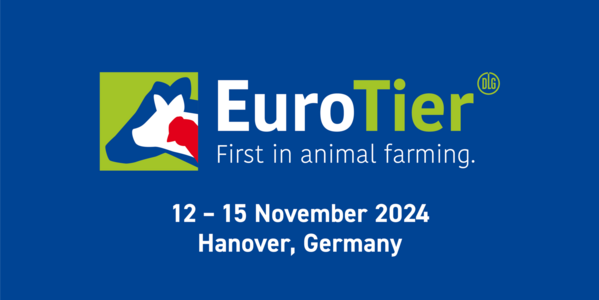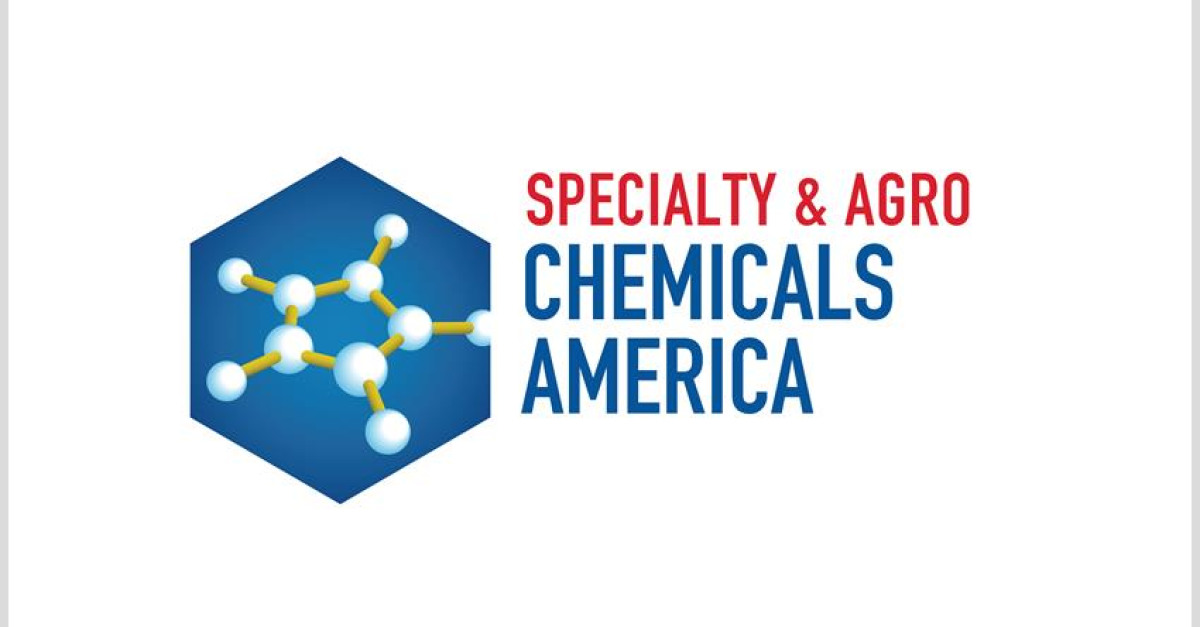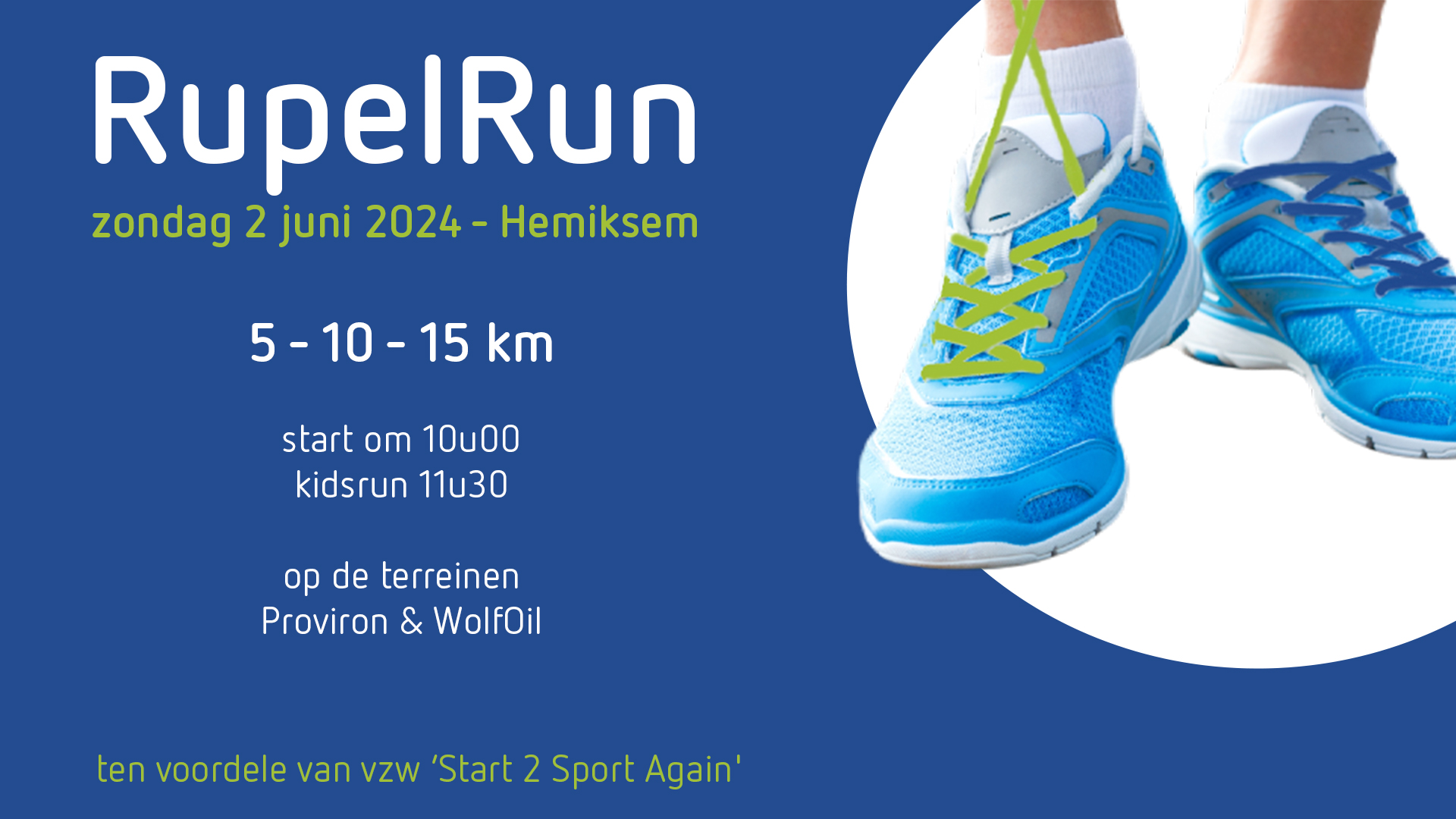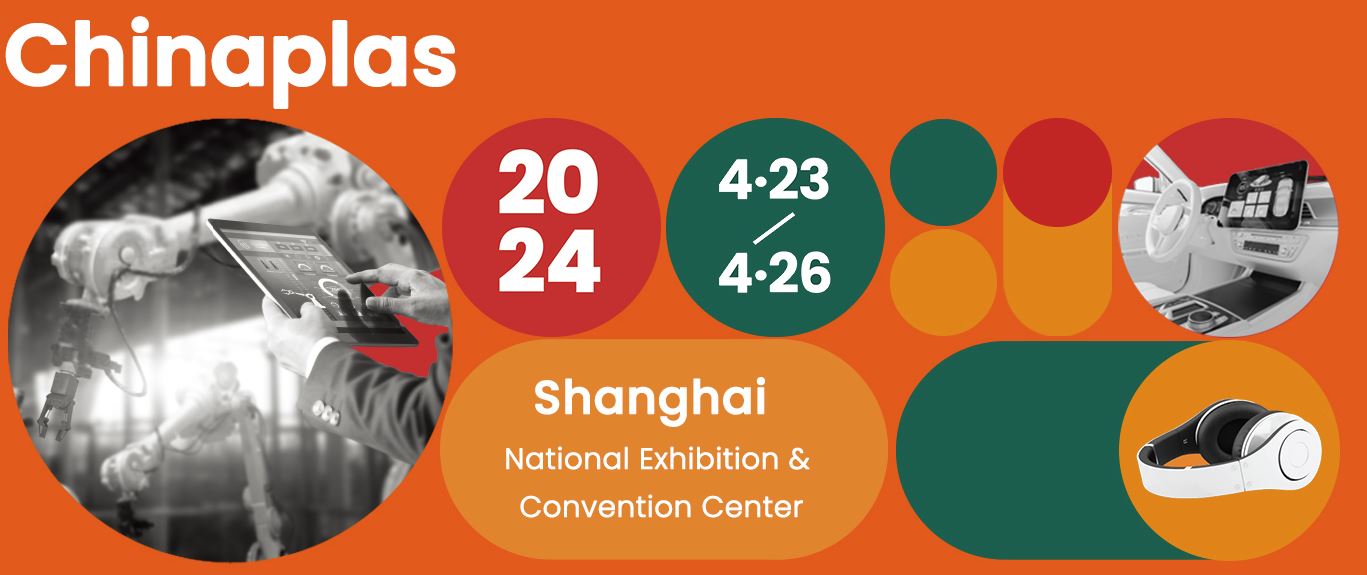
We’d like to share our tools and resources, because we believe it makes you a better HTF professional.
Sharing knowledge is the best way to help each other further. Because the world of cooling and heating is changing rapidly. We do not have all the knowledge, but would like to share our insights with you with a selection of the most relevant information, whitepapers and frequently asked questions.
2 years ago we set up an experiment with 2 identical coupons in glycol. We immersed one in generic glycol, the other in Proviflow L. The samples contained the same amount of liquid.
Today we opened the 2 samples and look at the results of this time capsule. These are the visual results of corrosion on your cooling system. Watch and listen about the chemistry behind inhibited glycol.
A Proviflow inhibited glycol fluid can last over twenty years if properly maintained and the recommended operating procedures are followed.
If your fluid remains in storage for over two years, we recommend having it analyzed prior to use.
Eliminate any oxygen in the system, avoid excessive temperature excursions, avoid contamination, and dilute with demineralized or RO water. Tap water can be used if it meets strict standards. Hardness, pH, mineral content, conductivity, and other variables can negatively impact stability. Contact your Proviflow resource for information on water and glycol analysis.
No, PROVIFLOW is a complete heat transfer fluid. Adding incompatible inhibitors may result in fluid failure. By simply submitting samples on a routine basis, we will assist you in maintaining your fluid.
The PROVIFLOW fluid maintenance program provides reports and will recommend necessary adjustments. PROVIFLOW sample analysis is performed on a semi-annual basis. https://proviron.com/resources/proviflow-glycol-analysis/
Yes, with Duo-Check refractometer. This tool is useful for determining the dilution rate and freeze point of ethylene or propylene glycol Heat Transfer Fluids
The inhibitors in automotive antifreeze are not designed for extended service and cannot be replenished. Additionally, silicate-based fluids may gel. Automotive inhibitors are not compatible with most inhibited glycols intended for industrial applications.
PROVIFLOW is compatible with most metals used in industrial cooling applications. Proviron offers free consultations to check compatibility.
Always use the lowest concentration of HTF necessary to meet your temperature requirements. However, remember that in order to provide adequate corrosion protection and mitigate bacterial growth, you must use a minimum concentration of 25% inhibited glycol. You should not exceed a maximum concentration of 65% as this will reduce heat transfer and freezing protection. Remember, we offer PROVIFLOW in premixed solutions for your convenience. All we need to know is your required process temperature.
Yes, water quality is critical to the life of your inhibited glycol. Inhibited glycols will assume the corrosive nature of the water used. Avoid highly-chlorinated water or water with a high sulfate content. Hard water can cause inhibitor precipitation and will leave the system unprotected against corrosion. Additionally, the precipitate and hard water ions will cause scaling and reduce heat transfer efficiency.
De-ionized or distilled water is recommended. Municipal water may be used if it meets the following criteria. Water specification as per ASTM D-1193.
<100 PPM, total hardness as CaCo3
<100 PPM chloride and sulfate
< 40 PPM calcium + magnesium
The PROVIFLOW lab will be happy to test your source of dilution water prior to system charge.
Not necessarily. PROVIFLOW HTF is compatible with most other industrial heat transfer fluids. Automotive antifreezes are not compatible and must be removed. Inhibited waters also tend to be incompatible.
Yes, but it is not recommended as it becomes difficult to determine an accurate freezing point.
Older systems should be inspected for rust, scale, oil, hydrocarbons, or other contaminates. Cleaning with [product name] may be recommended. For new systems, rinsing with suitable water is generally sufficient. If the new system contains minor amounts of grease, oil, pipe dope, or flash rust, a single application with [product name] may be recommended.
Ethylene glycol exhibits a lower viscosity at lower temperatures, a higher boiling point, and a lower vapor pressure. It is a more effective freeze point depressant and heat transfer medium. Ethylene glycol is more readily biodegraded and is also relatively non-toxic to aquatic life. However, ethylene glycol is considered more toxic to humans than propylene glycol. Industrial grade propylene glycol coolants may not exhibit the same lower toxicity due to the use of non-food grade inhibitors and other ingredients.
This really comes down to personal preference. You can choose a color that corresponds to your brand/logo colors. Or you can devise an internal color system, so every technician can easily identify glycol from other fluids. Lastly, colored glycol is a great tool for leak detection. Consider a color that stands out from other fluids, surfaces and condensate.
The proviflow label kit is a tool to help label and monitor your installation. This kit includes a special weatherproof pen and a set of adhesive labels to be kept near the service port of the system. You can get your free sample via free label kit










Our website makes use of cookies and similar techniques to ensure you get the best experience.
Via our cookie policy we like to inform you. Please click OK to continue.